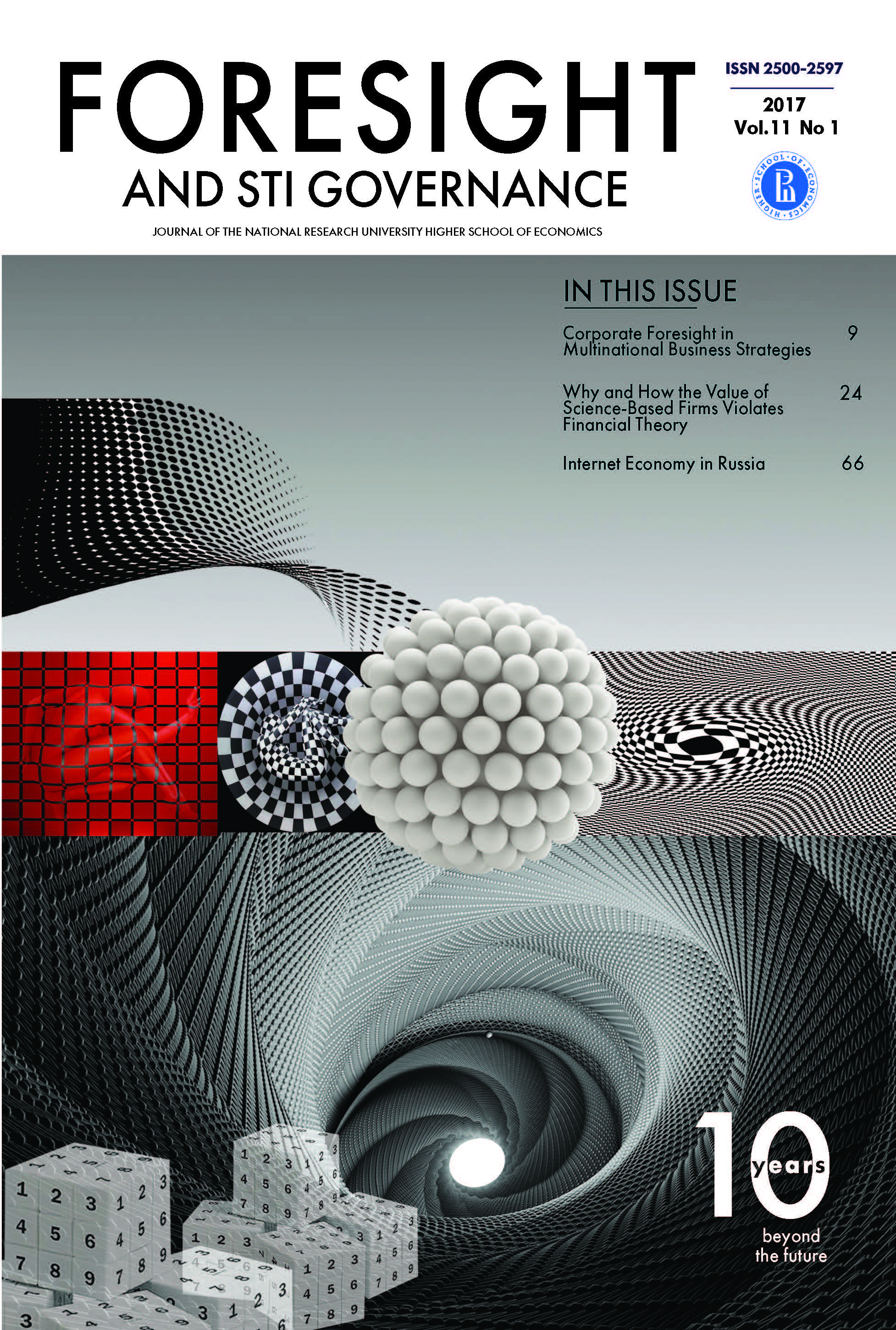Abstract
How and why the positive net effect of science related activities substantially increases the value that would be anticipated by the financial theory that seems to work so well for other fields is considered here. A qualitative analysis of 25 small listed biotechnology R&D firms illustrates that these firms do not follow the neo-classical expectation of Gaussian returns. To better understand this deviation from the expected Gaussian returns the firms are compared to S&P 100 and Thomson Reuters Global Innovator List. It is found that while these large firms have a higher than expected frequency of non-Gaussian events, the causes appear to be dominated by macro-economic or industrial events that impact large numbers of firms. With the small R&D intensive biotechnology firms, it is possible to identify specific events that appear to trigger the sudden increase or decrease in value. A better understanding of the nature and magnitude of these events allows for policy makers, investors and managers to better comprehend the unusually large risks and new opportunities associated with biotechnology R&D. From this, a greater insight is afforded into the dynamic value of R&D in general.
References
Casault S., Groen A.J., Linton J.D. (2013) Examination of the behavior of R&D returns using a power law // Science and Public Policy. Vol. 40. № 2. Р. 219-228.
Casault S., Groen A.J., Linton J.D. (2014) Improving value assessment of high-risk, high-reward biotechnology research: The role of ‘thick tails' // New Biotechnology. Vol. 31. № 2. P. 172-178.
Filiasi M., Livan G., Marsili M., Peressi M., Vesselli E., Zarinelli E. (2014) On the concentration of large deviations for fat tailed distributions, with application to financial data // Journal of Statistical Mechanics: Theory and Experiment (online). Issue 9, P09030. Режим доступа: http://iopscience.iop.org/article//pdf, дата обращения 15.02.2016. DOI: https://doi.org/10.1088/1742-5468/2014/09/P09030
Malkov A., Zinkina J., Korotayev A. (2012) The origins of dragon-kings and their occurrence in society // Physica A: Statistical Mechanics and its Applications. Vol. 391. № 21. Р. 5215-5229.
Newton D.P., Paxson D.A., Widdicks M. (2004) Real R&D options // International Journal of Management Reviews. Vol. 5-6. № 2. P. 113-130.
Sornette D. (2009) Dragon-kings, black swans, and the prediction of crises. Swiss Finance Institute Research Paper 09-36. Zürich: Swiss Finance Institute.
Sornette D., Ouillon G. (2012) Dragon-kings: Mechanisms, statistical methods and empirical evidence // The European Physical Journal Special Topics. Vol. 205. № 1. Р. 1-26.
Taleb N.N. (2007) The Black Swan: The Impact of the Highly Improbable. New York: Random House.
Willigers B.J.A., Hansen T.L. (2008) Project valuation in the pharmaceutical industry: А comparison of least-squares Monte Carlo real option valuation and conventional approaches // R&D Management. Vol. 38. № 5. Р. 520-537.
Wosnitza J.H., Sornette D. (2015) Analysis of log-periodic power law singularity patterns in time series related to credit risk // The European Physical Journal B. Vol. 88. № 4. Р. 1-11.

This work is licensed under a Creative Commons Attribution 4.0 International License.

